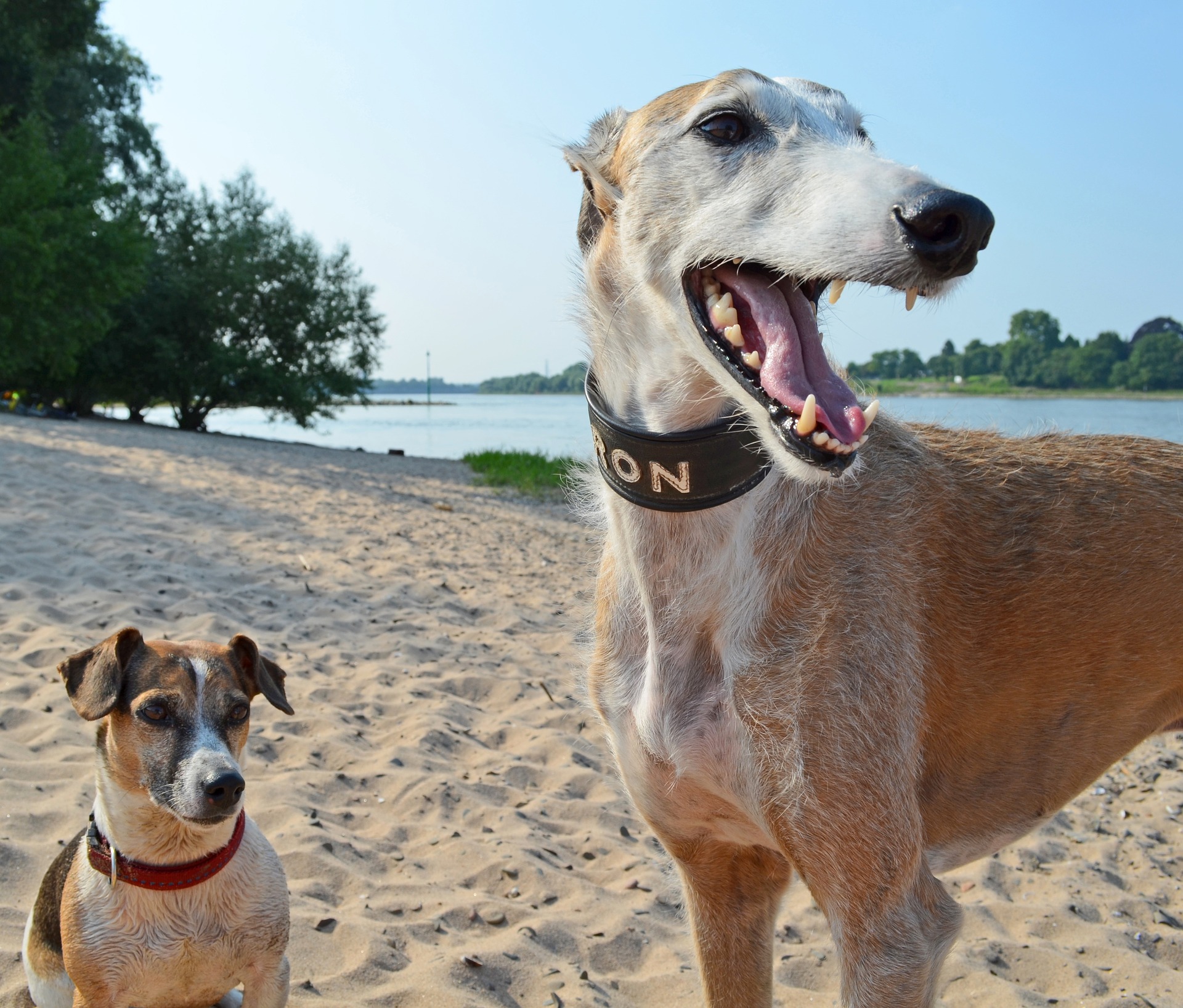Do you cringe every time you come across another dog on your walks because you know that your anxious dog will panic and perhaps react with aggression related to their fear and anxiety? This is a reality that many dog owners face every day.
Luckily, you don’t have to resign yourself to a lifetime of worrying about how your dog will interact with others.
There are steps you can take to help keep your dog safe now while also helping to reduce his anxiety in the future.
Here are the top 5 tips for keeping your anxious dog safe around other dogs.
Stay calm
Dogs are experts at reading our moods. If you tense up in anticipation of your dog’s response to other dogs, he will feel your nervousness and become anxious just because you are.
Even though it’s natural for you to worry, it’s crucial for you to learn how to keep your own nervousness under control in order to help your dog overcome his own anxiety.

Try taking deep breaths to control your breathing and heart rate as you approach another dog to keep yourself calm in order to reduce your dog’s fearfulness.
Praise your dog for calm behavior while approaching other dogs on walks
As soon as you see a dog off in the distance, start praising your dog while he is still calm, long before you actually approach the other dog. You want your dog to learn that staying calm earns them rewards, while becoming anxious earns them nothing.
In time, this should teach your dog to focus on you in search of praise and treats and to stay relaxed longer and longer as you approach other dogs on walks.
Introduce your dog to other dogs one at a time for brief interactions
The best long-term solution to your dog’s anxiety is to introduce him to other dogs one at a time in a controlled environment. This will teach him that not all dogs are scary.
For the first few meetings, you’ll want to keep your dog on a leash and limit the interaction to no more than 5 minutes. As your dog becomes more comfortable with this dog, slowly start increasing the amount of time they spend together.
Once your dog is comfortable with this dog, you can start introducing him to others using this same technique.
Keep an eye on his behavior
Signs of submission, such as rolling over, are acceptable behaviors for your dog when meeting others. If your dog displays signs of fear aggression, such as barking, growling, or lunging, introducing him to another dog probably isn’t a good idea.
Watch for patterns in your dog’s behavior – is he only fear aggressive with certain sizes of dogs? Perhaps you can introduce him to dogs that he is not afraid of to start the socialization process before moving on the sizes of dogs that make your dog more anxious.
Reinforce positive interactions, but ignore signs of anxiety
If your dog is able to stay calm while meeting another dog, be sure to reward that behavior with treats or lots of praise. If your dog is acting anxious, then talking to him in baby talk or trying to comfort him will actually reinforce his negative behavior.
He will have learned that anxiousness will get your attention. You’ll want to ignore signs of anxiety and praise calmness.
When in doubt, a professional dog trainer can give you a plan tailored exactly to your dog’s fears and anxieties. In cases of severe anxiousness, your vet may recommend medication to help reduce your dog’s anxiety.




